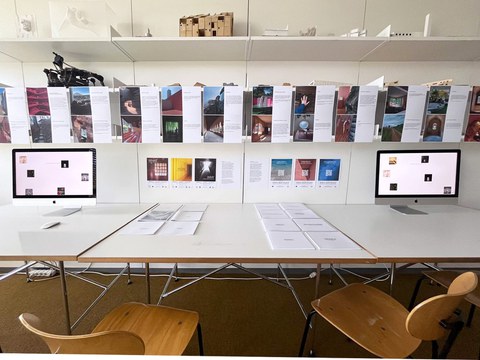EMBODIED PLACES
Between the Embodied and the Intentional:
Towards a Better Understanding of Atmospheres
“For me, the excitement in architecture revolves around the idea and the phenomenon of the experience of that idea.” -Steven Holl
The multisensory bodily experience of space enforces the process of embodying a piece of the physical environment and transforming it into a place. According to Peter Zumthor, “we perceive atmosphere through our emotional sensibility – a form of perception that works incredibly quickly… We are capable of immediate appreciation, of a spontaneous emotional response, of rejecting things in a flash.” (Zumthor, 2003, p.13). The individual creation of these embodied places is an unconscious process where multisensory space exerts a strong, direct, and immediate influence on a person's intuitive behaviours. Through its often intentionally preset atmosphere, it engages all the bodily senses, immersing the visitor in states of being and sensation intense enough to imprint the experience into their unconscious memory.
The potency of the multisensory experience enables the body to ascribe meaning to a piece of space, leading to the creation of a place – the embodied place. This transition transforms a fleeting action into a collected, embodied experience that alters an individual's perception of space. It becomes an experience which will forever be imprinted into the bodies and minds memory and will influence all future relationships to space.
This process of place creation and space embodiment is the threshold between the projective and the reactive. It is where the architect's intention, manifested as atmosphere, and the user's intuition, i.e. their experiential behaviour influence by all past embodied places and imprinted spatial encounters converge. The tension between the intentional atmospheric preset and the subjective perception of space is fuelled by imagination from both directions.
This threshold is where the interest of this seminar lies.
However, a significant gap exists between architects and users in understanding the critical threshold where space becomes place. Architects may not fully grasp how users perceive and interact with spaces, while users might not comprehend the intentional elements embedded by architects and the effects space has on them. This disconnect hampers the creation of embodied places and the potential for atmospherically strong spaces that contribute to overall emotional and mental growth.

